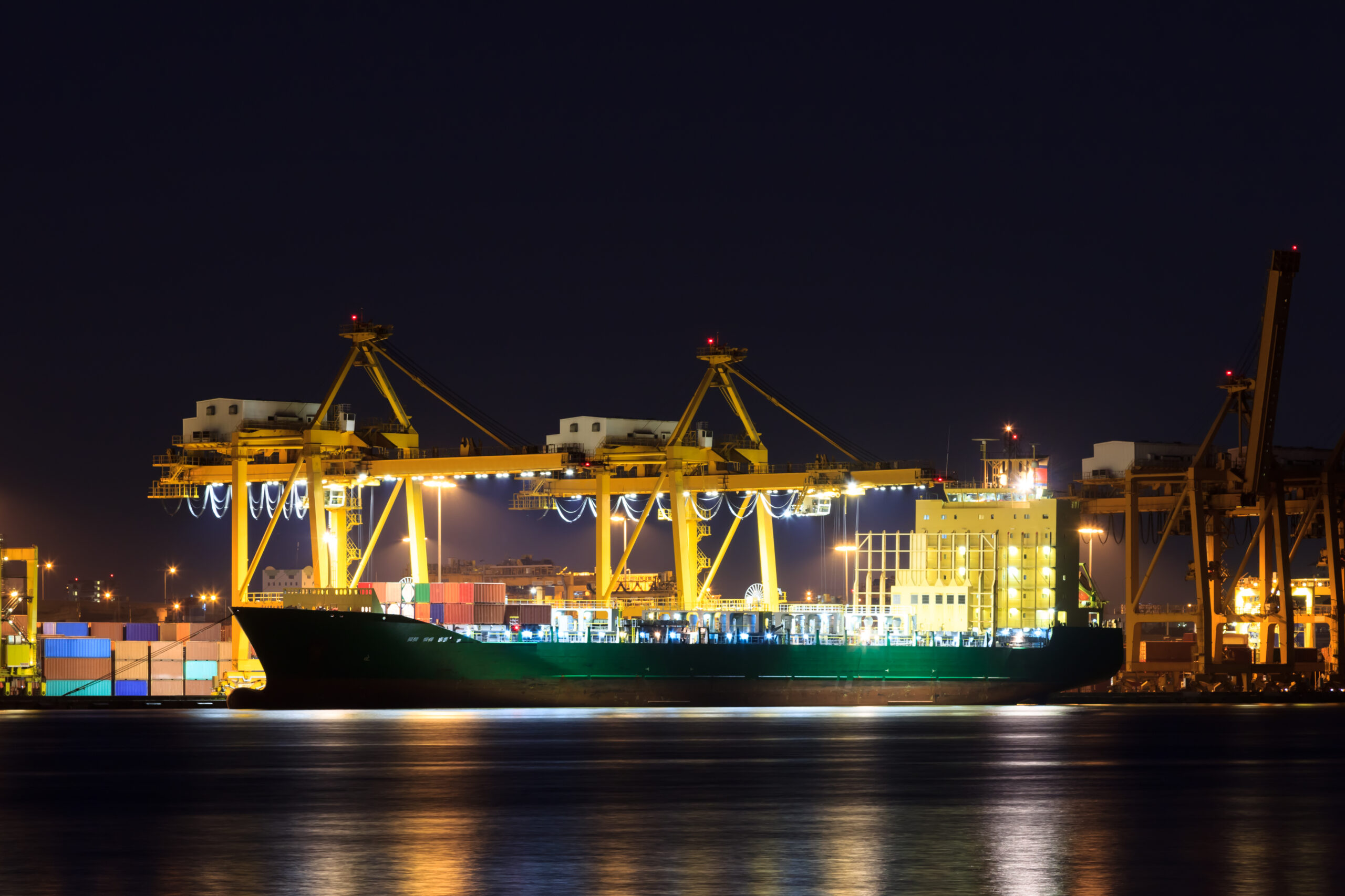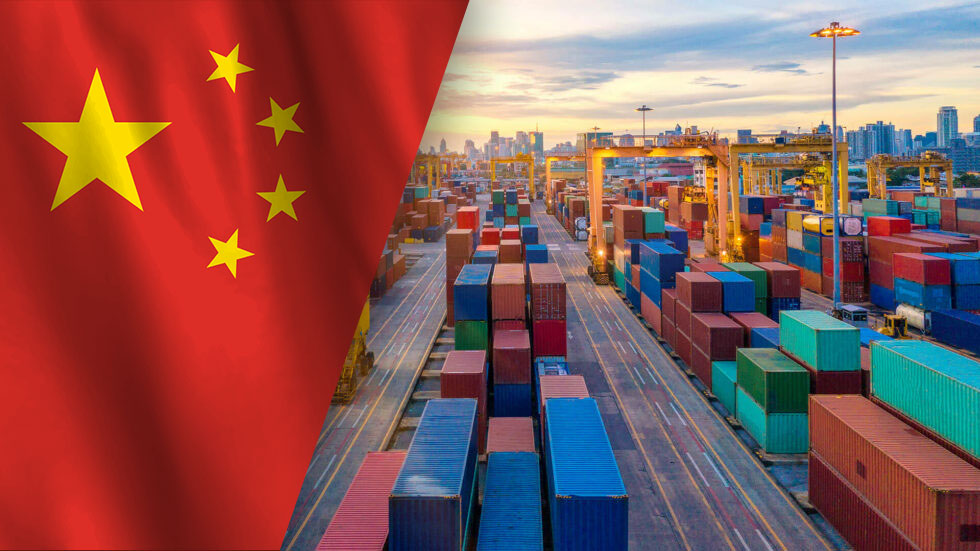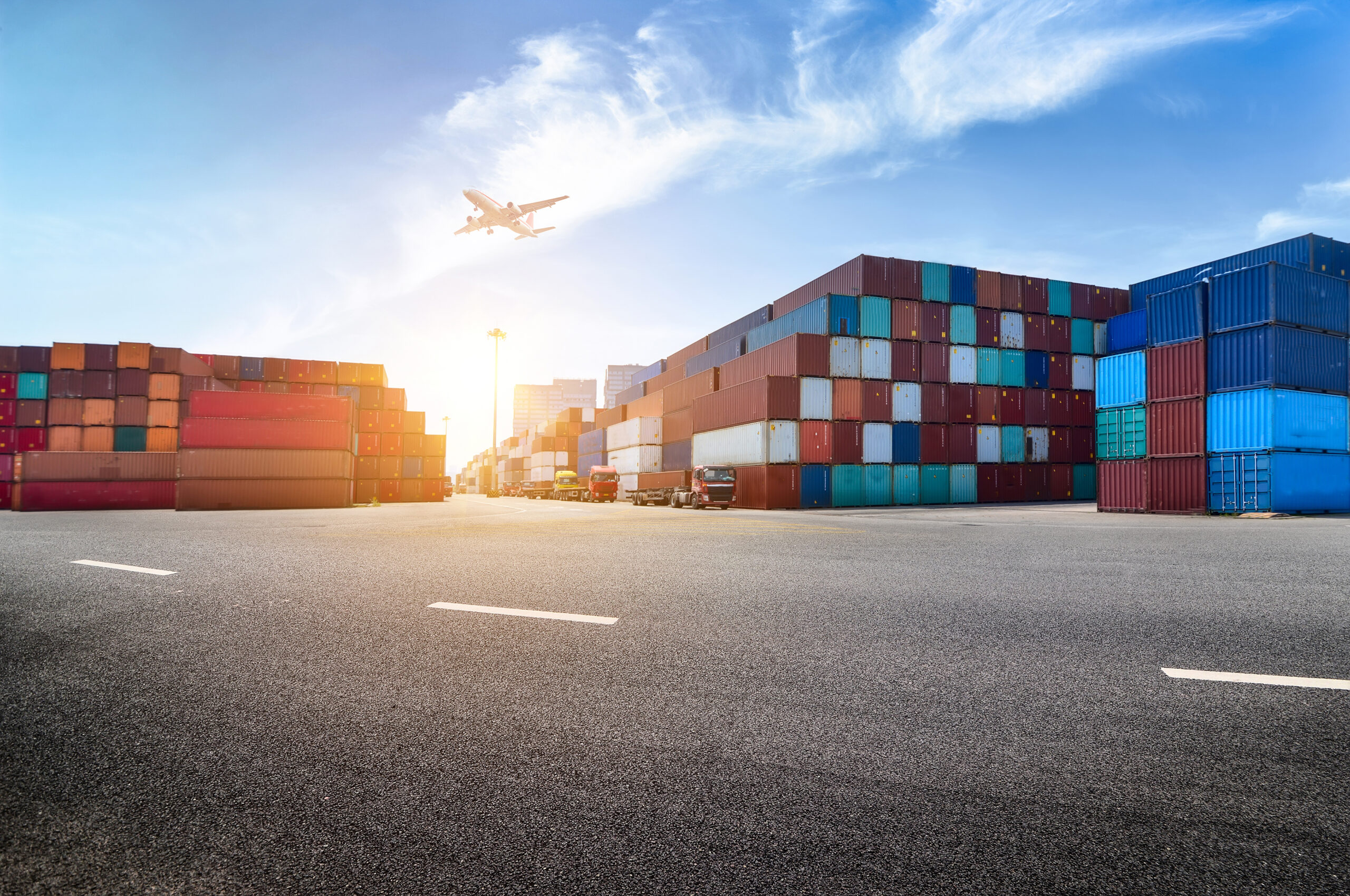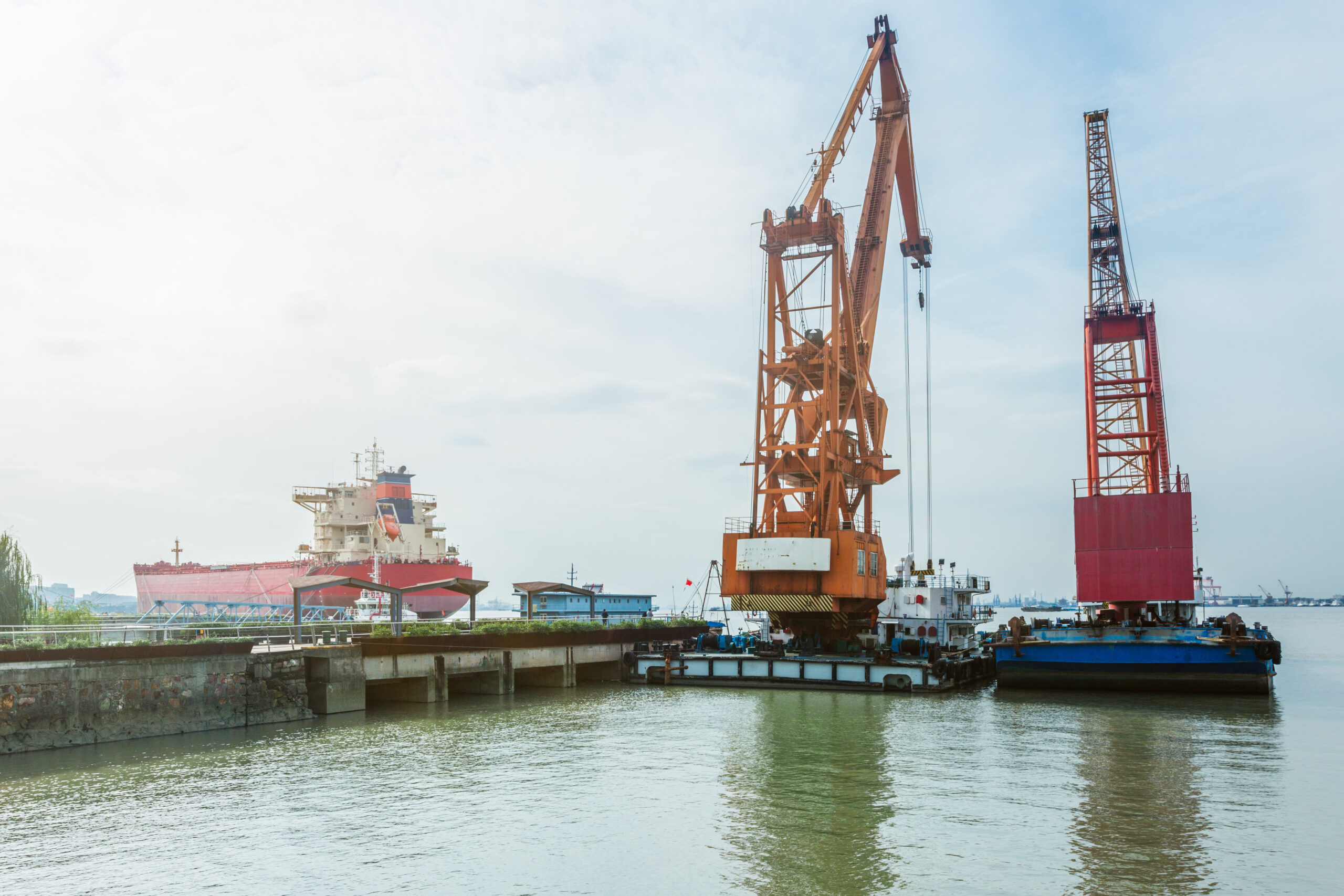This week:
- Port of Baltimore bookings rebound after reopening; full recovery expected by 2025
- ILA suspends talks, strike threat looms at US East Coast and Gulf ports
- New inland port opens in Nevada, provides new draying options
- New FMC rules in place but questions remain over truckers and per diem billing
- Canadian customs and border authority reaches labor deal with with CIU
Baltimore Port Bookings Expected to Fully Rebound by 2025
The Port of Baltimore fully reopened last week, 11 weeks after the Francis Scott Key Bridge collapse. Maryland Port Administration Executive Director Jonathan Daniels marked the occasion by speaking to Supply Chain Dive, expressing optimism about port bookings making a full recovery.
The bridge collapse forced months of cargo diversions to other ports, raising concerns about the long-term viability of the Baltimore port. Daniels says that when shippers and carriers asked how they could help the last few months, his standard response was, “‘You can come back when the channel opens.’” And now, early in the recovery process, many have indeed brought their business back to the Port of Baltimore.
Although vessel counts and port bookings haven’t fully rebounded yet, Daniels expects a full recovery by 2025. In the meantime, the port continues to see a gradual but steady increase in cargo volumes. The port joined the federal FLOW data-sharing program to increase the visibility of recovery statistics.
Subscribe to JMR’s Weekly Supply Chain Roundup!
Stay informed with the latest supply chain news, trends, and insights. Get it delivered directly to your inbox every week.
Strike Threat Looms at US East, Gulf Ports as ILA Suspends Talks
On Monday, June 10, the International Longshoremen’s Association (ILA) suspended negotiations over a new labor contract for workers at US East Coast and Gulf Coast ports. The ILA’s latest move heightens long-simmering concerns of labor strikes at a time when ocean container shipping is already under significant strain due to various factors.
Shipping lane congestion, restrictions in the Panama Canal, and equipment shortages are just a few of the supply chain disruptions so far this year. Analysts are concerned that a potential strike could lead to a surge in spot rates, further complicating matters ahead of the Q3 peak season.
As a result, shippers are frontloading imports ahead of the peak season, with some considering importing goods through US West Coast ports — or even Mexico or Canada. However, significant rerouting comes with its challenges and potential long-term consequences. Industry observers say that if trans-Atlantic cargo owners follow the same path as the disrupted trade routes out of Asia — where frontloading and congestion have caused capacity and equipment shortages — rates will likely soar.
New Inland Port of Nevada Provides Alternative to Traditional Draying
The new, inland Port of Nevada officially opened last week, becoming the third intermodal facility to open in the western US in 2024. The 224-acre port in Fernley accepts cargo in CMA CGM containers, providing a new alternative to traditional ocean draying options for imports and exports between the Port of Oakland and northern Nevada.
The Port of Nevada is a collaboration between the Union Pacific Railroad, the CMA CGM Group, and the Port of Oakland. The port provides shippers with a sustainable way to transport goods, reducing reliance on standard draying methods such as trucking.
The port provides on-site storage and leverages Union Pacifici’s rail network for intermodal transloading. CMA CGM is signed as the exclusive ocean carrier partner through the end of 2024. These combined services help ensure global connectivity for Nevada businesses and their local economies.
New FMC Rules Implemented, Questions and Confusion Remain
Weeks after implementation, new detention and demurrage (D&D) billing rules from the US Federal Maritime Commission (FMC) are still causing confusion for affected stakeholders. Questions remain about whether truckers bear responsibility for these per diem charges.
First announced in March, the new FMC rules were initially met with praise from truckers. At the time, trucking industry groups said the new rules would simplify international container billing practices and relieve truckers from “unfair” D&D fees.
However, shipping and transportation leaders are having problems sorting out the billing policy changes, according to reporting from the Journal of Commerce (JoC). In a story published June 12, the JoC said the shipping industry is experiencing “angst” as stakeholders figure out “what should get billed to whom under (FMC’s) new rules.”
Canadian Customs Authority Reaches Deal With Union Workers
A tentative agreement reached on June 11 between the Public Service Alliance of Canada (PSAC) and the Customs and Immigration Union (CIU) averted a strike by more than 9,000 customs authority and border service workers.
The workers had been without a contract for nearly two years. After months of intensive negotiations, representatives from the Canadian customs authority and CIU expressed satisfaction with the pact.
Details of the agreement will be publicly released pending ratification by CIU members. Other Canadian government agencies also welcomed the agreement. For example, the Treasury Board of Canada issued a statement highlighting the importance of the work done by border service employees while praising a deal fair to both those workers and Canadian taxpayers.
Photo by Austin Kirk on Unsplash






